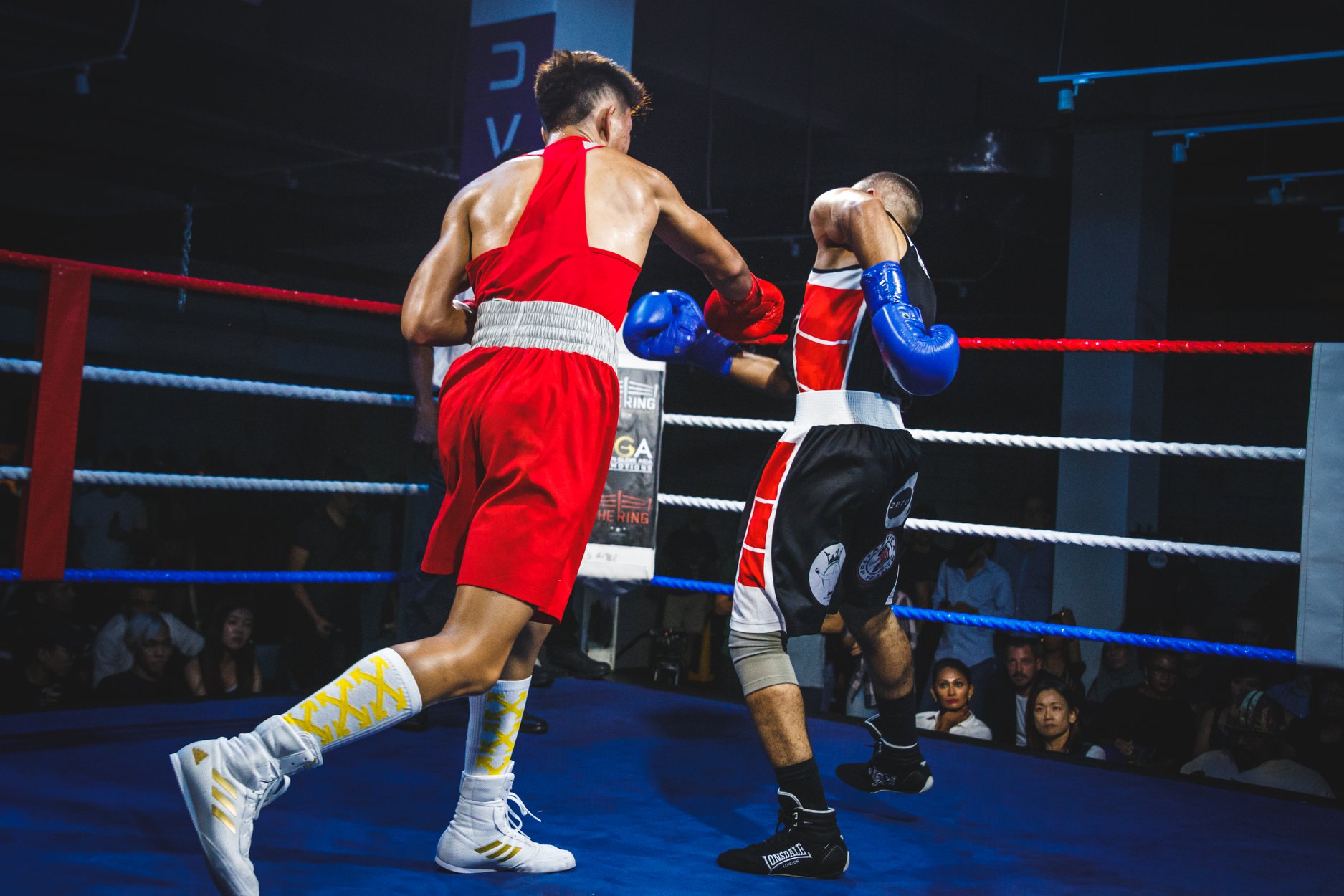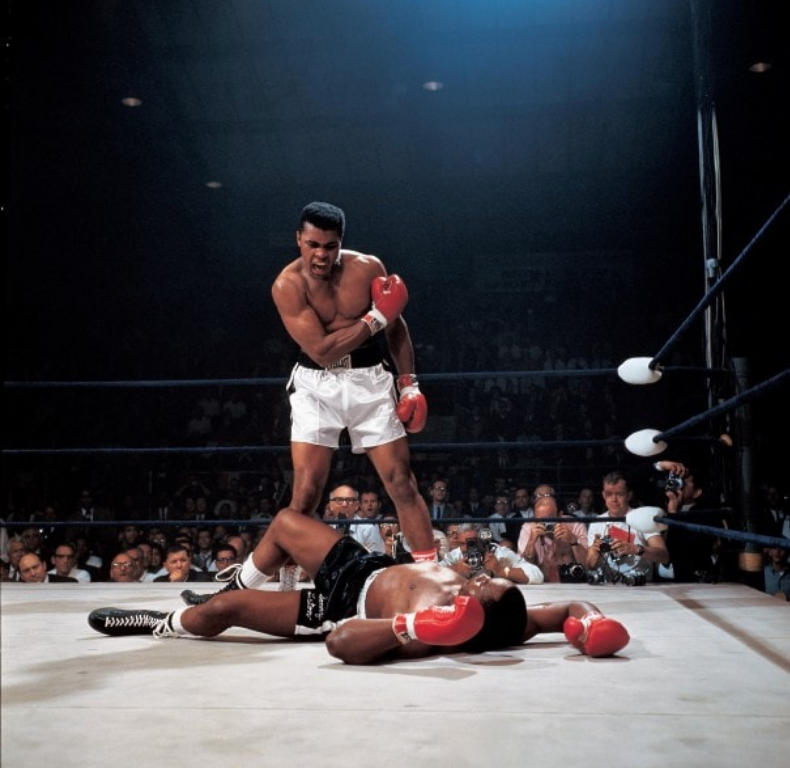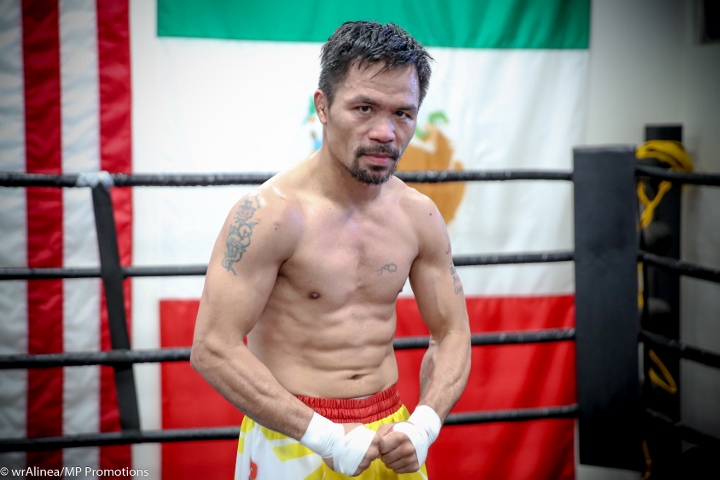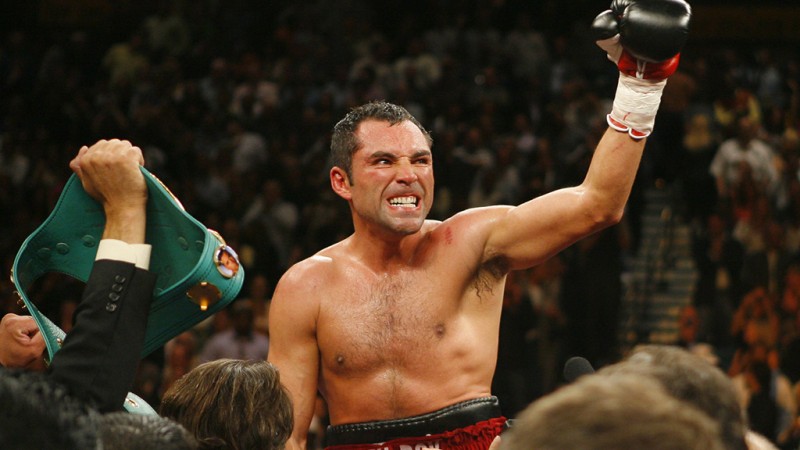Introduction:
The Ring’s newest #TRainfor campaign highlights the meaning behind each individual’s fighting spirit. And, over the next three months, we’ll delve deeper into the stories of our community, sharing the reasons behind why they train and what keeps them going every day.
The past couple of years have highlighted more than ever that we as humans are strong and resilient. We will still continue to push ourselves forward both individually and as a collective, during tough times.
This attitude of persistence and perseverance has inspired all of us at The Ring, day in and day out. We want to celebrate our community and the positive fighting spirit that resides in all of us. It is this life ethos which is behind our #TRainfor campaign.
The Seven:
Our #TRainfor for campaign is a celebration of all the Members, Coaches and Fighters that are a part of The Ring Community. Each of the 7 dedicated representatives represent a different role in the community – whether that be Coaches, Members,Fighters, Beginners, Advanced, Malay, Eurasian, Chinese or Indian.
Here at The Ring we champion diversity and no matter your background, no matter your experience, you’ll always find someone at The Ring who represents you.
Over the next few months, you’ll get to meet our Coaches: Dre, the Head Coach of Muay Thai Coach and Jared, our Boxing Coach. Our fighters: Kirstie and Hamzah our Boxing Champions. Last but not least, our diverse members: Jessica, Kylie and Sush.
When we asked each of them what they #TRain for, they all had a positive message to say, and we couldn’t be prouder or more inspired by our community.
More Than Just Boxing & Muay Thai:
What’s the difference between The Ring and other boxing gyms we hear you ask? At The Ring, whilst we care about Boxing, Muay Thai, fitness and techniques, above all, we prioritise our community. We prioritise the moments where we spend time with each other.
It is the people of The Ring who inspired us to create this campaign. Each and every one of them all has different reasons as to why they train. It all stems from wanting to be a better person in some way. We all focus on self-improvement rather than just fighting in general and there’s something deeper, we are all seeking something which feeds our soul. It is Boxing and Muay Thai which have changed and improved all our lives and we’re sure you will agree.
A healthy body is a healthy mind:
In every training session we push ourselves to the limit, see how far we can go and challenge our bodies and our minds to achieve something we may have not thought possible. Whilst on the outside, a boxing match might seem centered around whether you win or lose, no matter the outcome, we celebrate ourselves, we celebrate each other.
Life will show you some loss or some win, which will help to become a better version of yourself again, and again. Making errors and making mistakes will force you to learn to pick yourself back again. At the Ring, training starts with physical fitness, but soon or later, it benefits your mental health.
Everyone is a champion in their own way:
Today is tougher than yesterday and tomorrow will be worse. The Ring is helping you to create habits to motivate you to come to the gym. How ? Watch out for our community! We respect and admire each other for their passion, love or their desire to train. The Ring is just a place where each member shares the same training, passion or stories to be a better version of themselves in these difficult times.
We have 7 dedicated people who are just a sample to our amazing community. Have a look, be curious, or just show your support to those amazing people sharing their stories which can ultimately be your own story.
Ask yourself why? What’s your reason?
What makes you step up and enter the Ring? What do YOU #TRainfor?



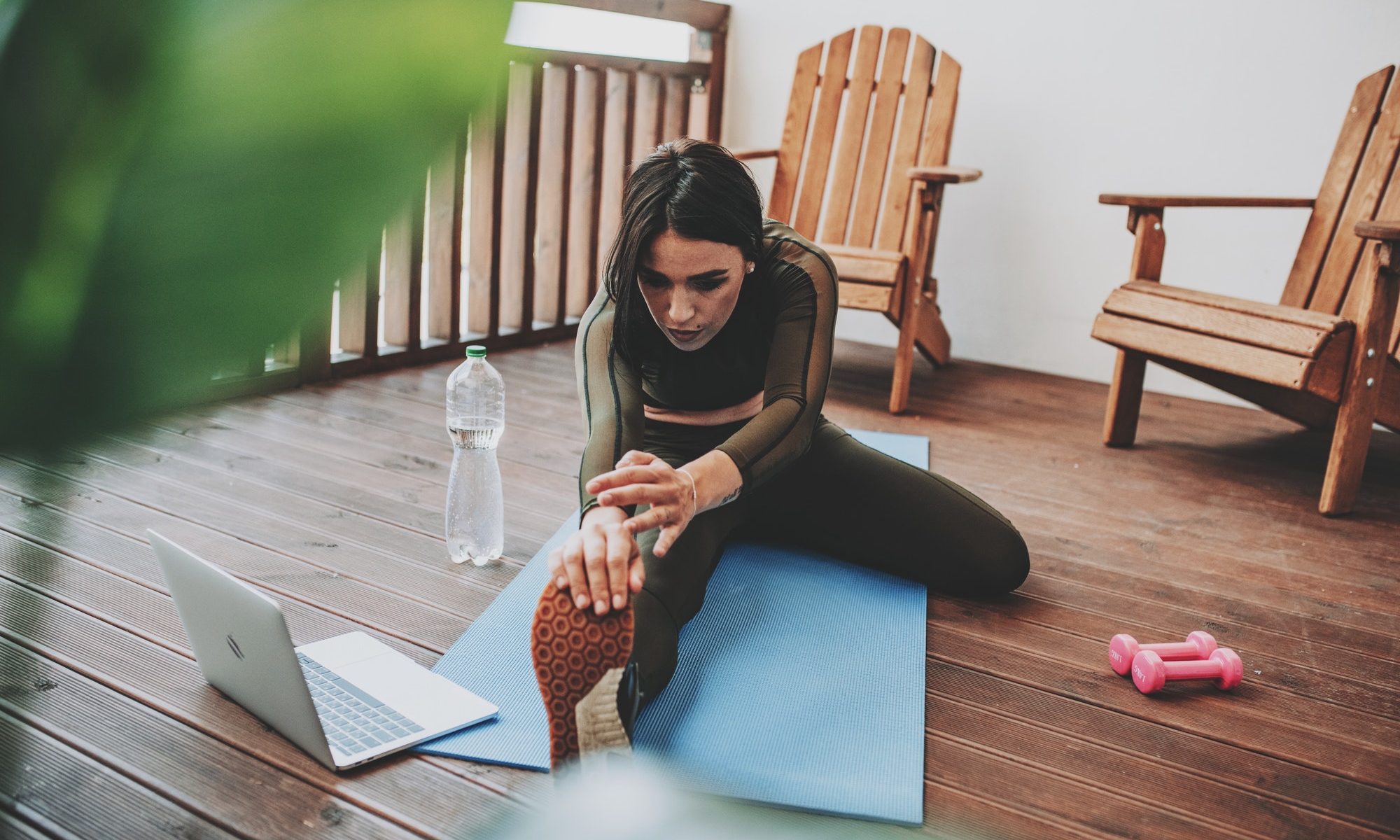

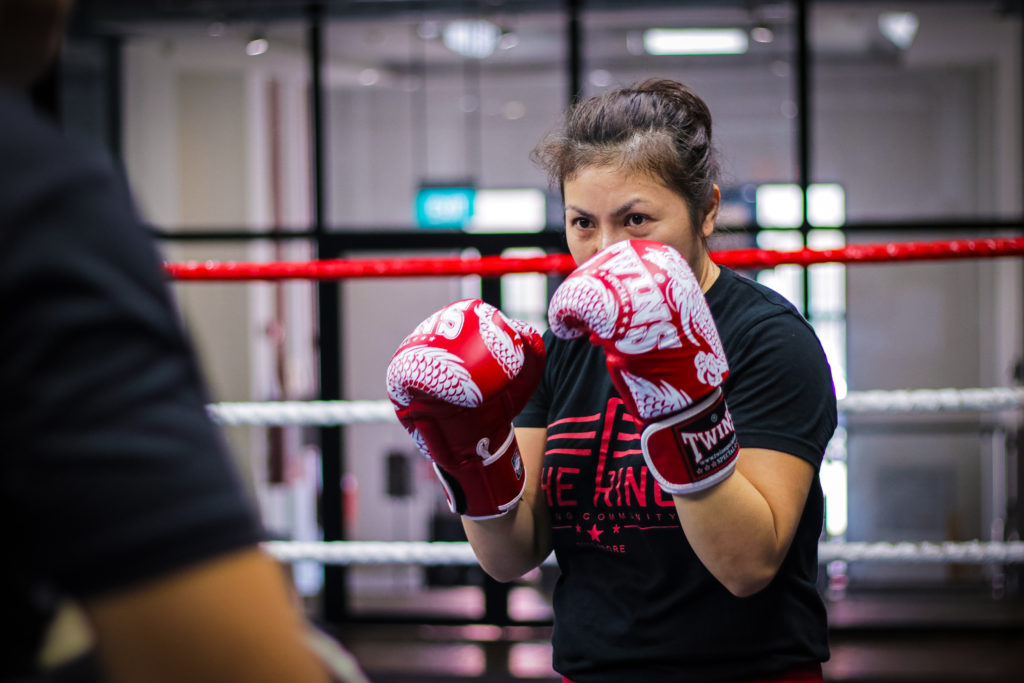
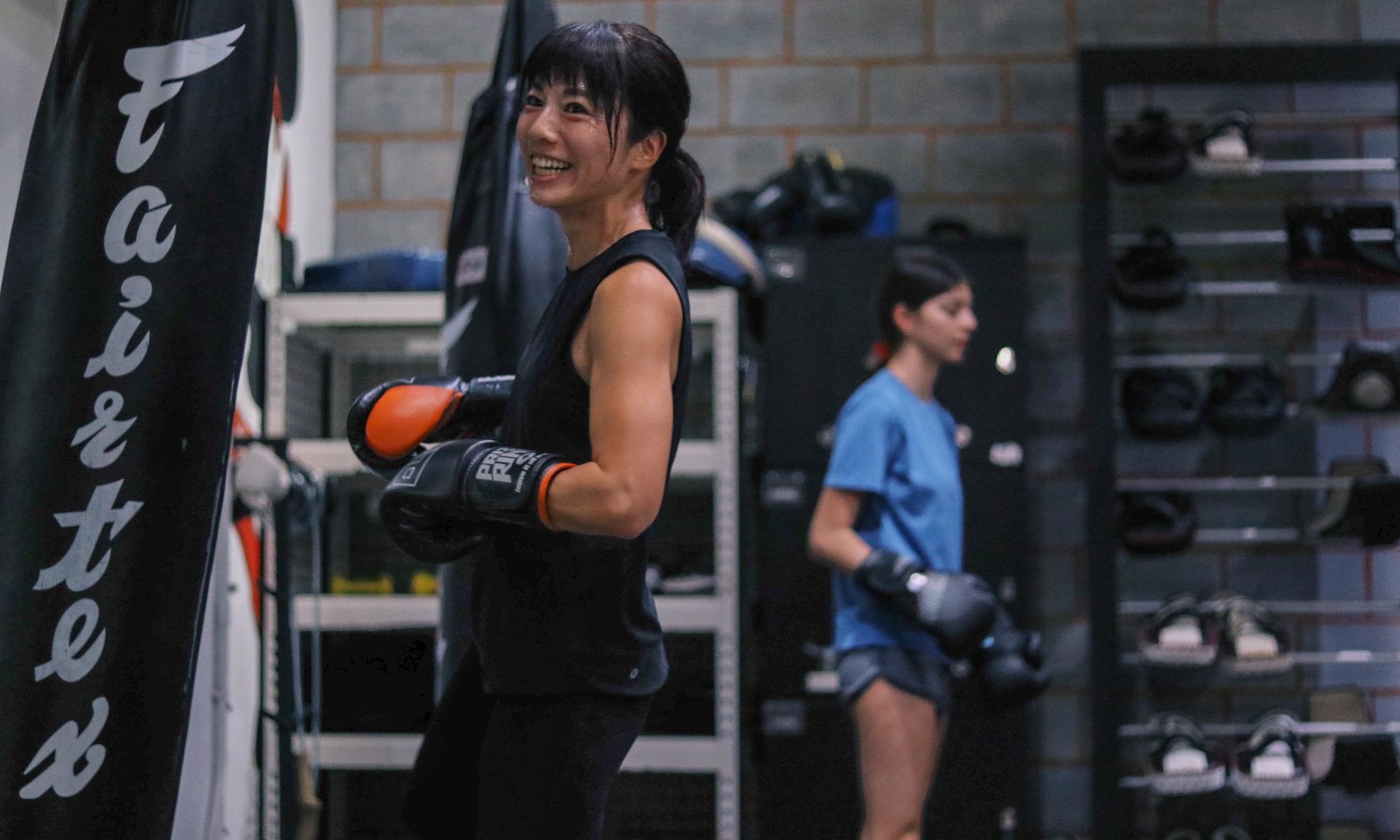

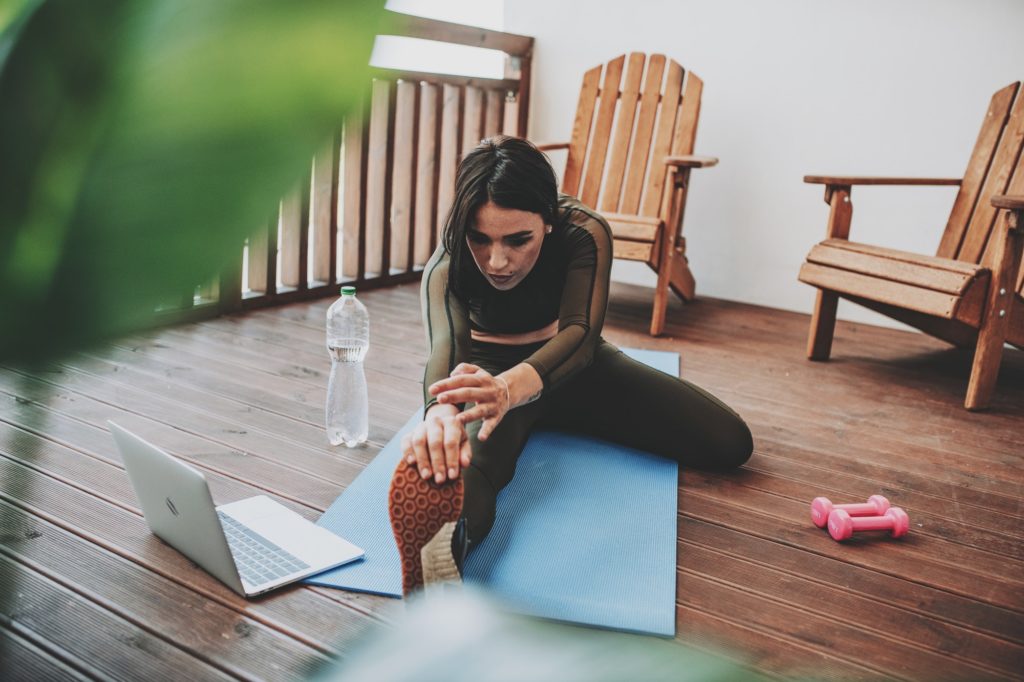
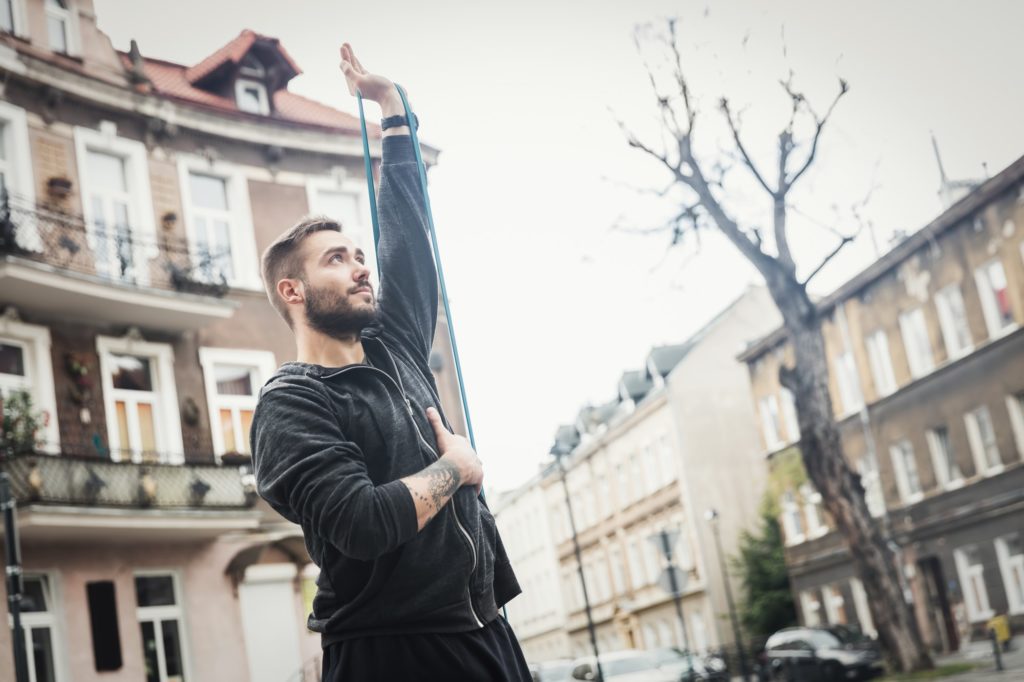
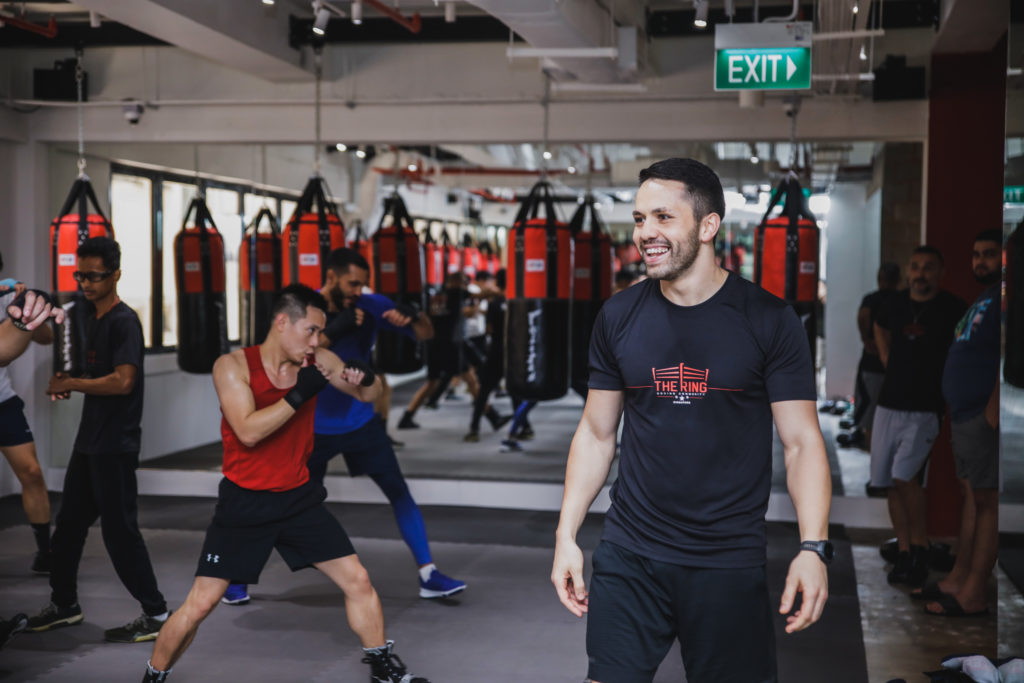
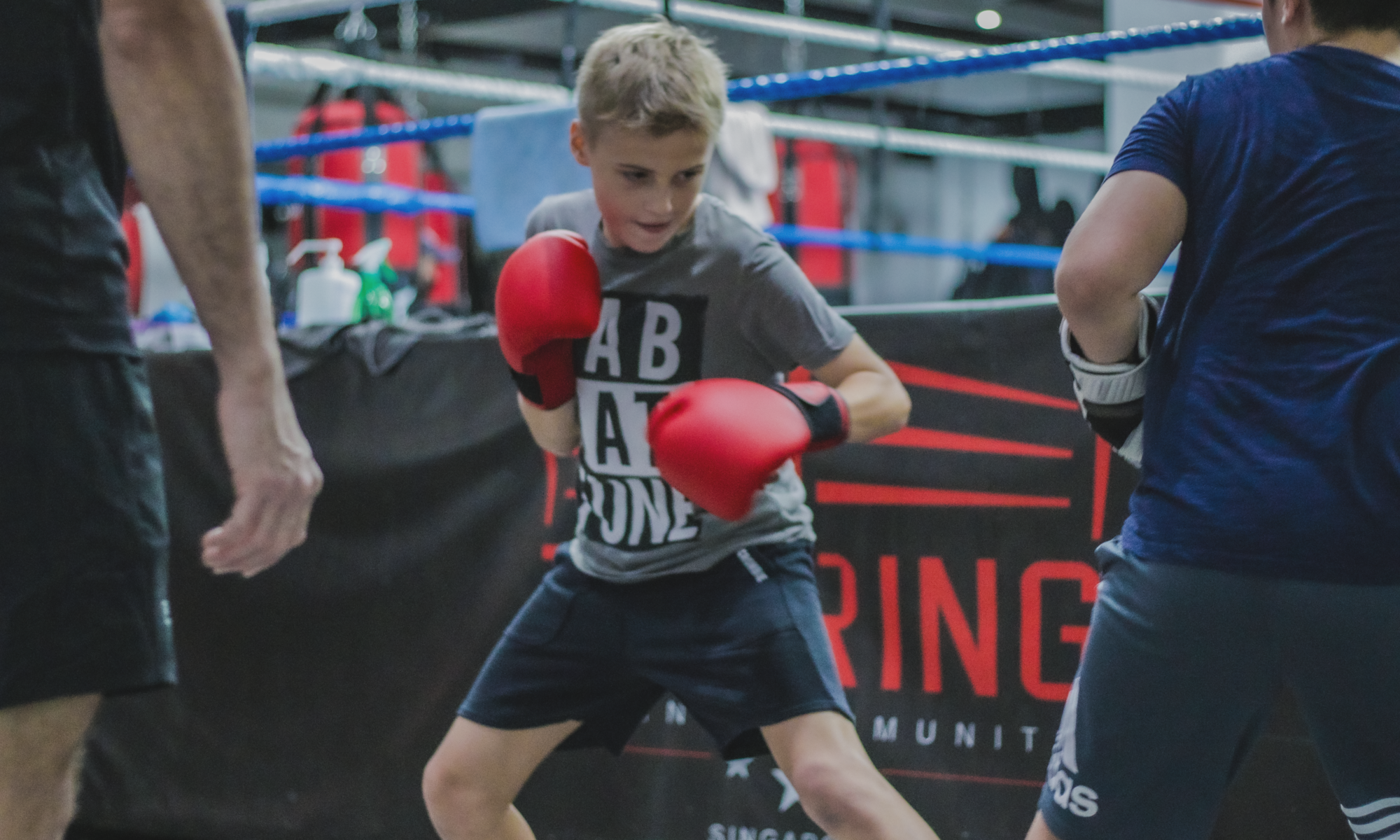
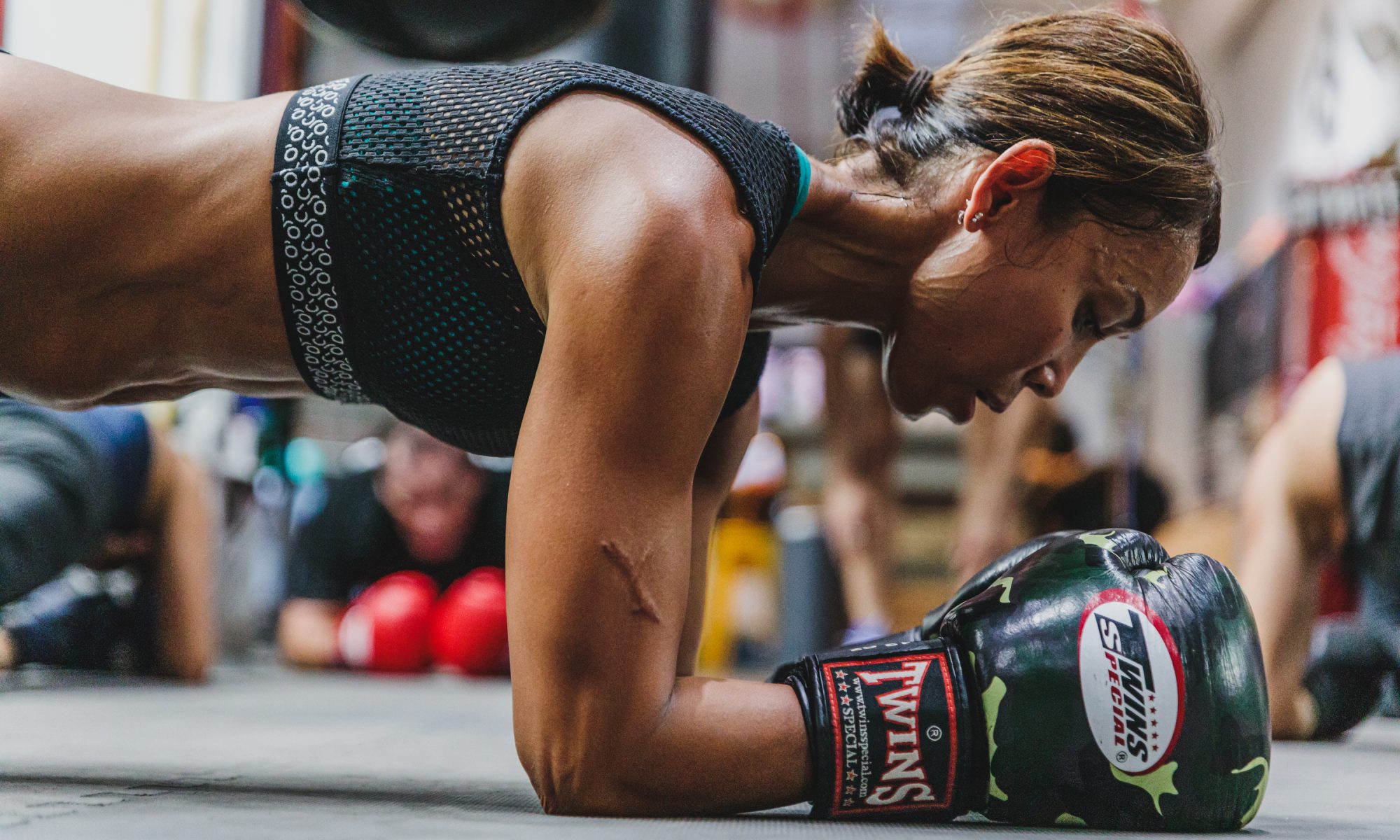
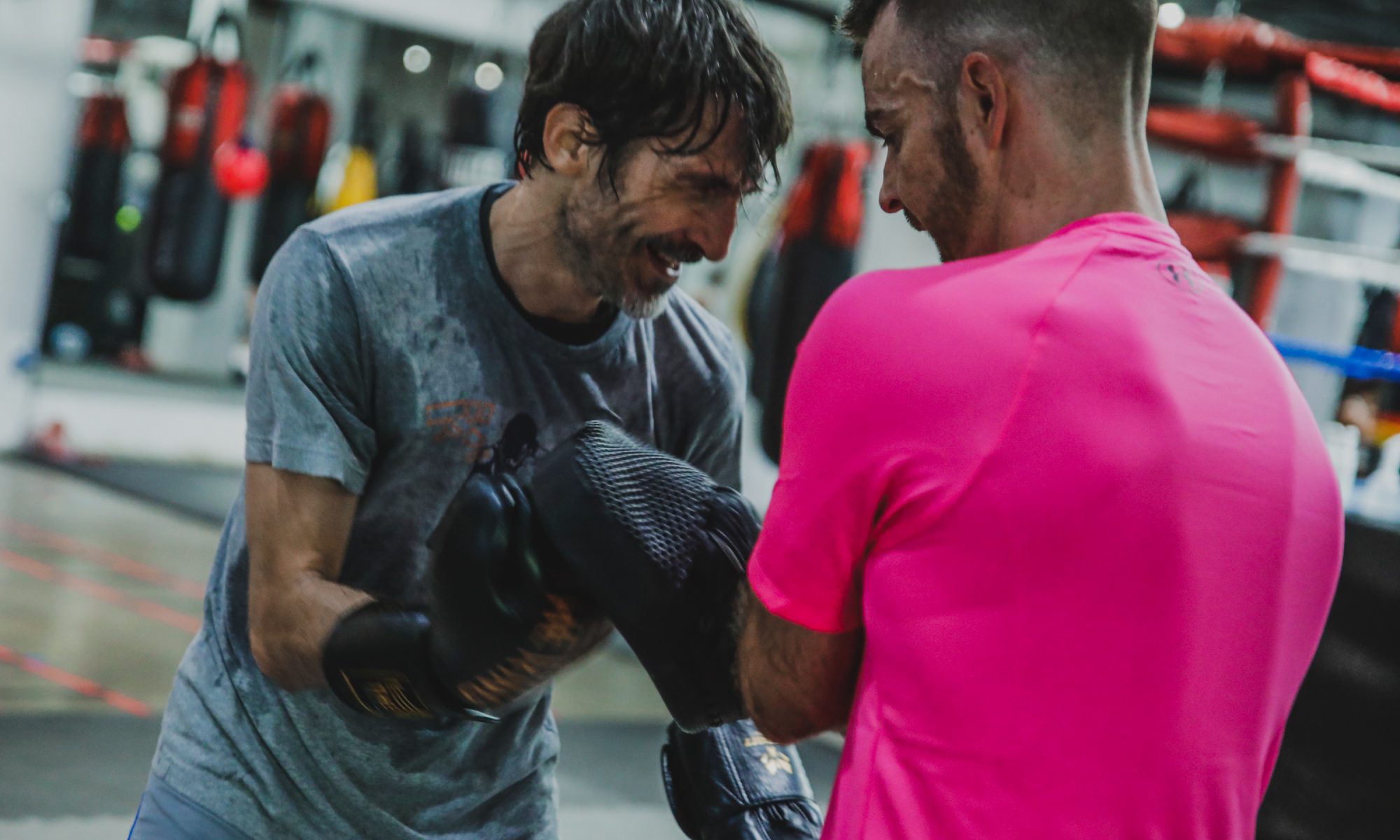


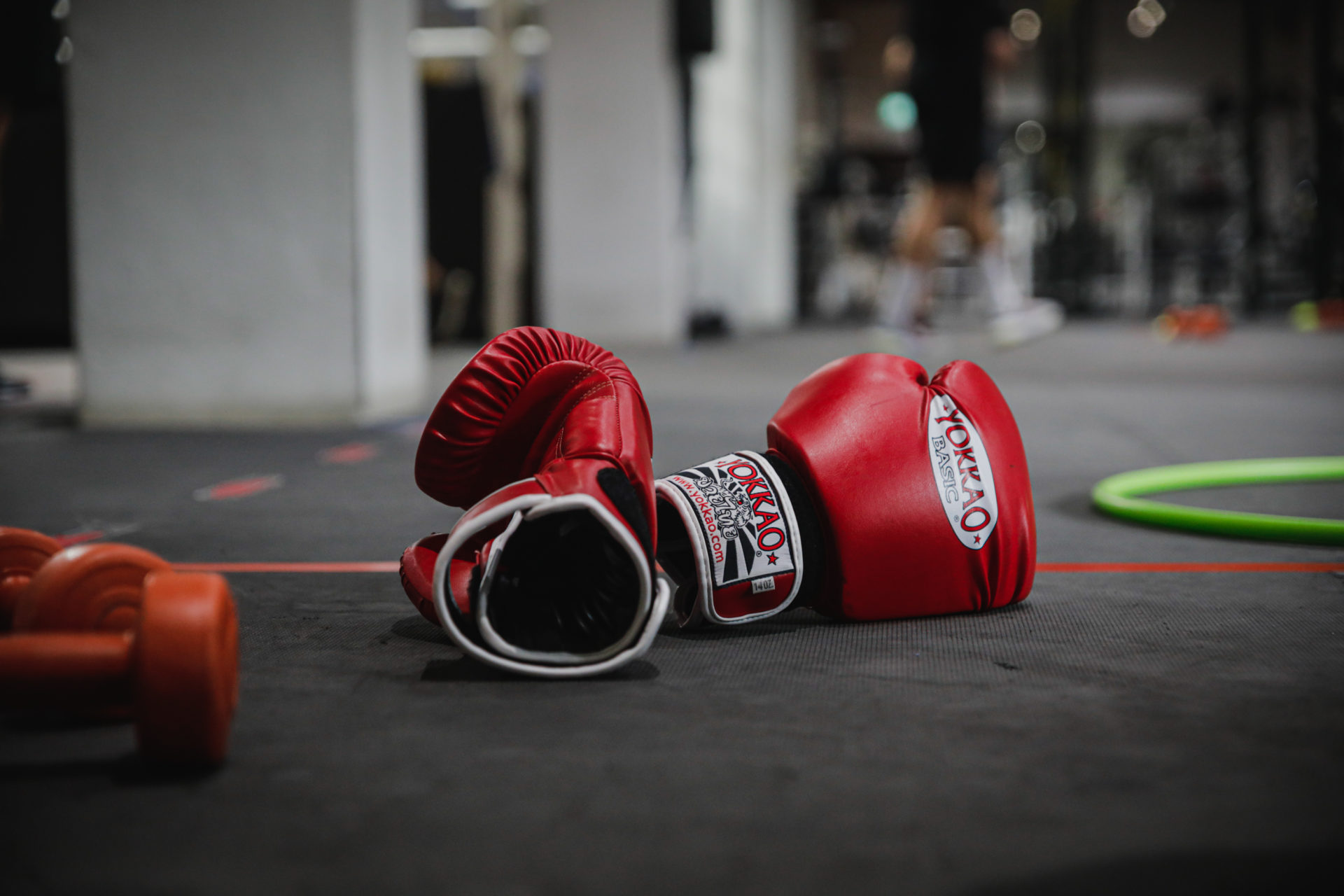


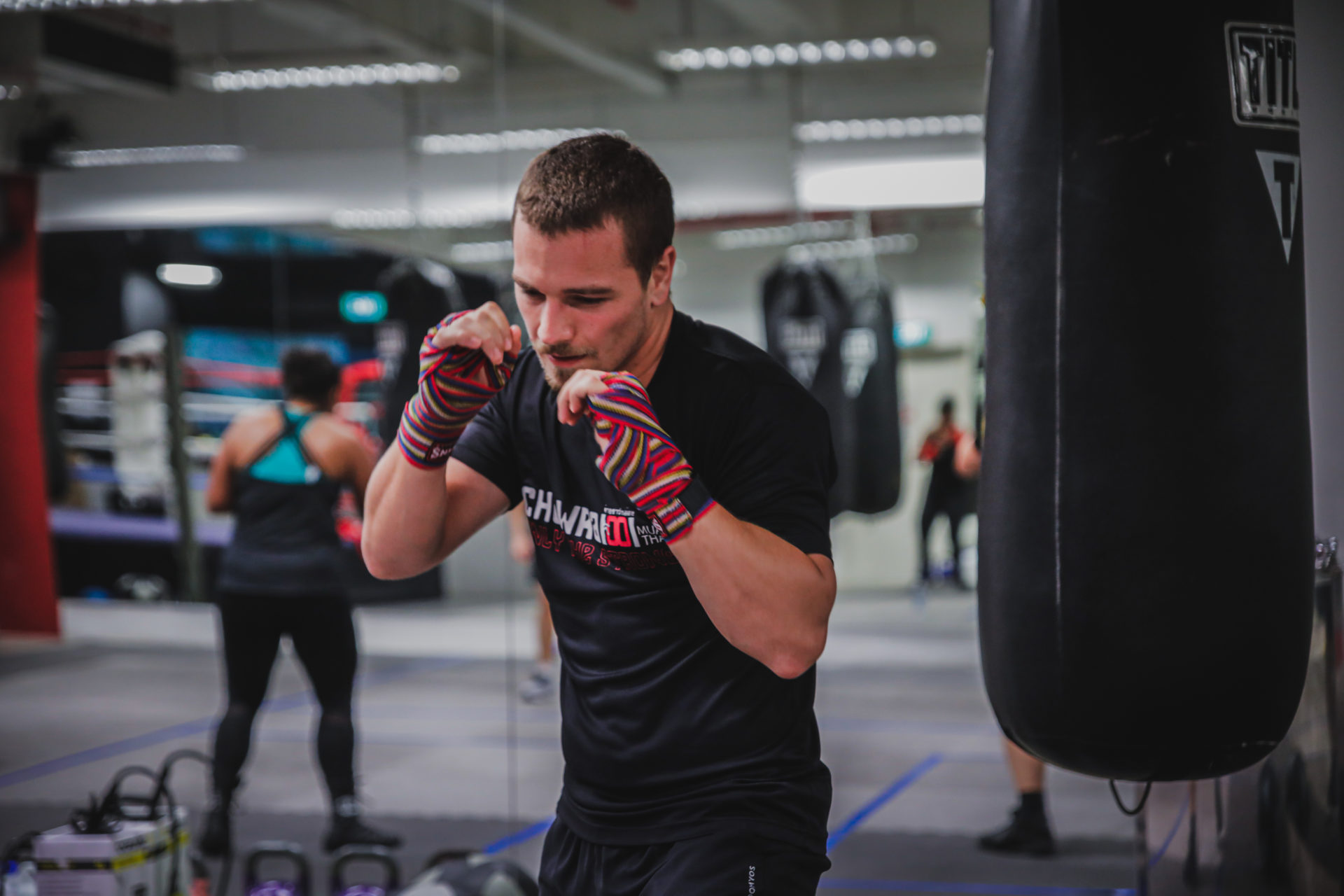 GUARDING
GUARDING
